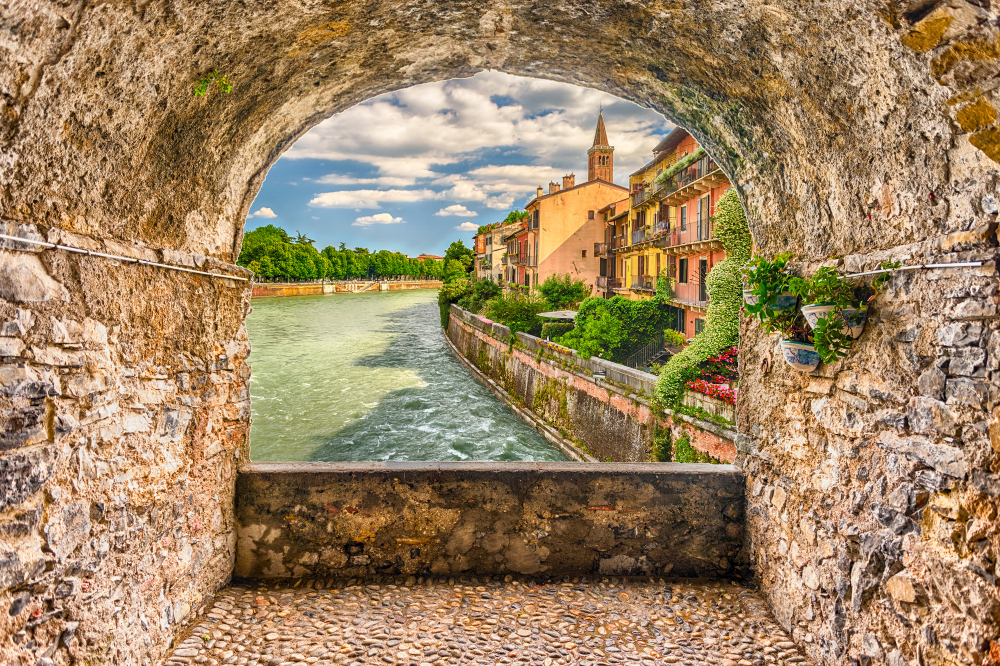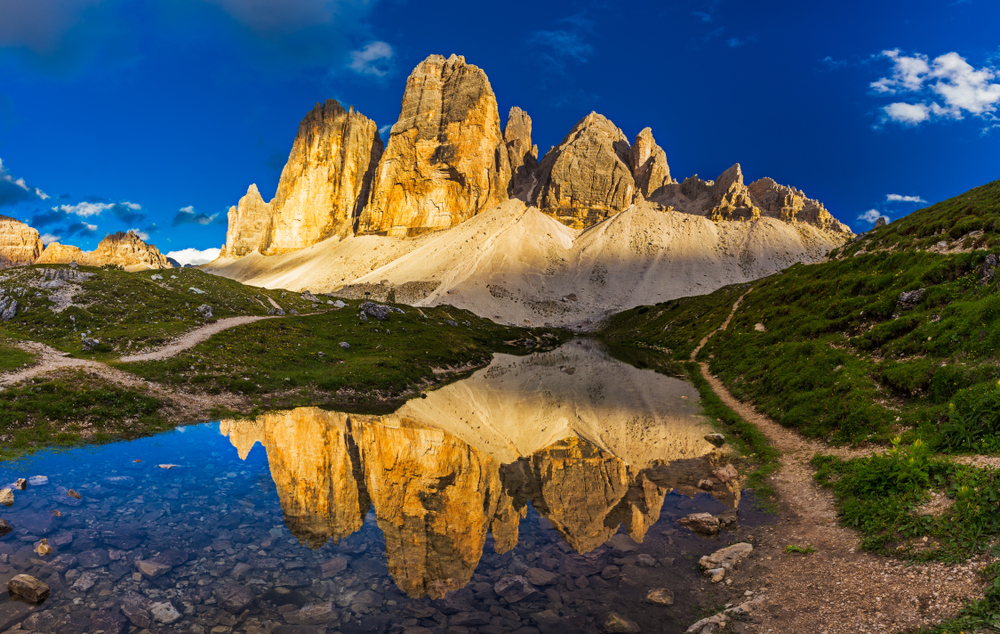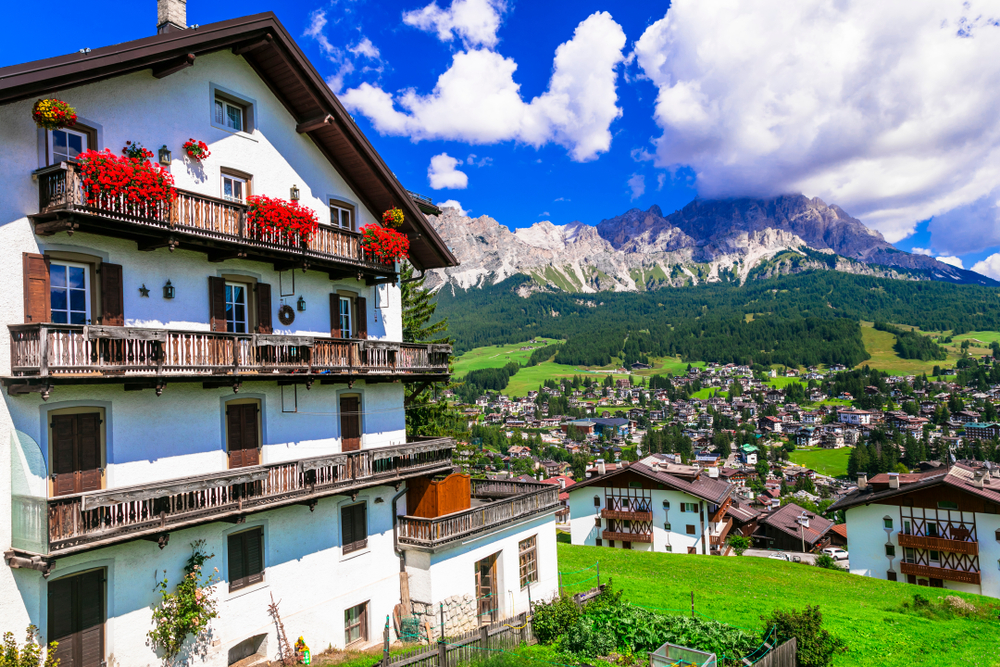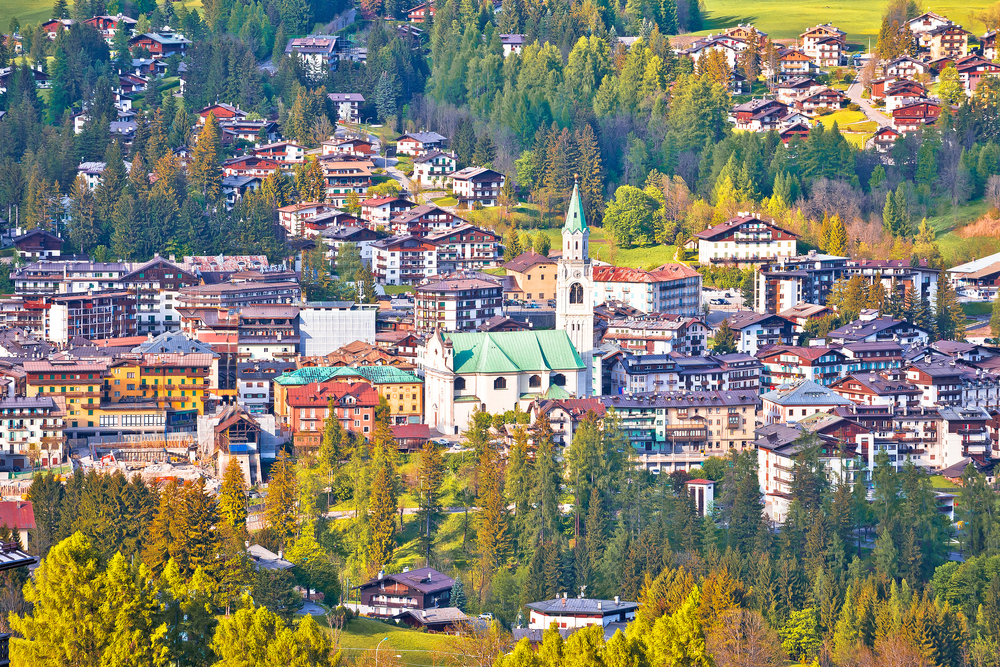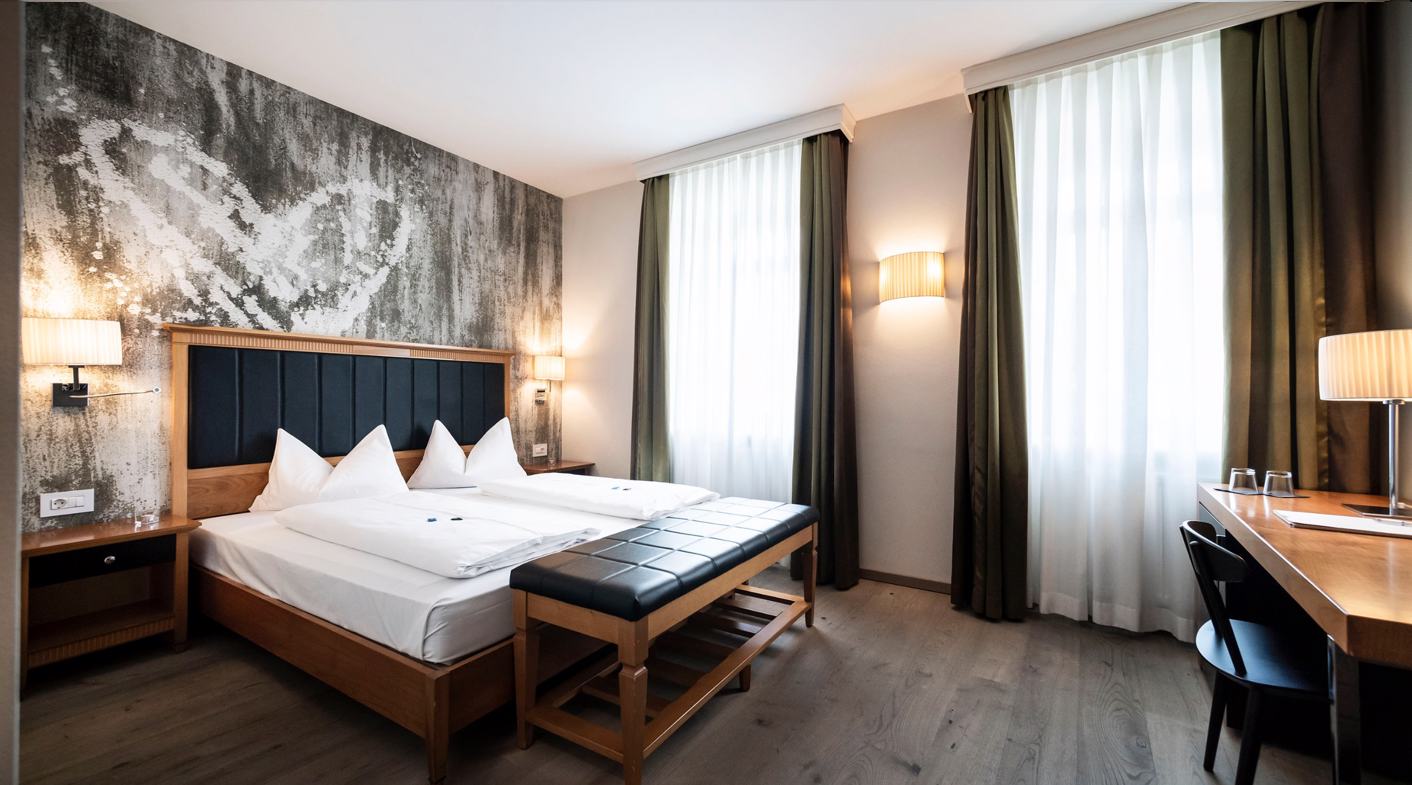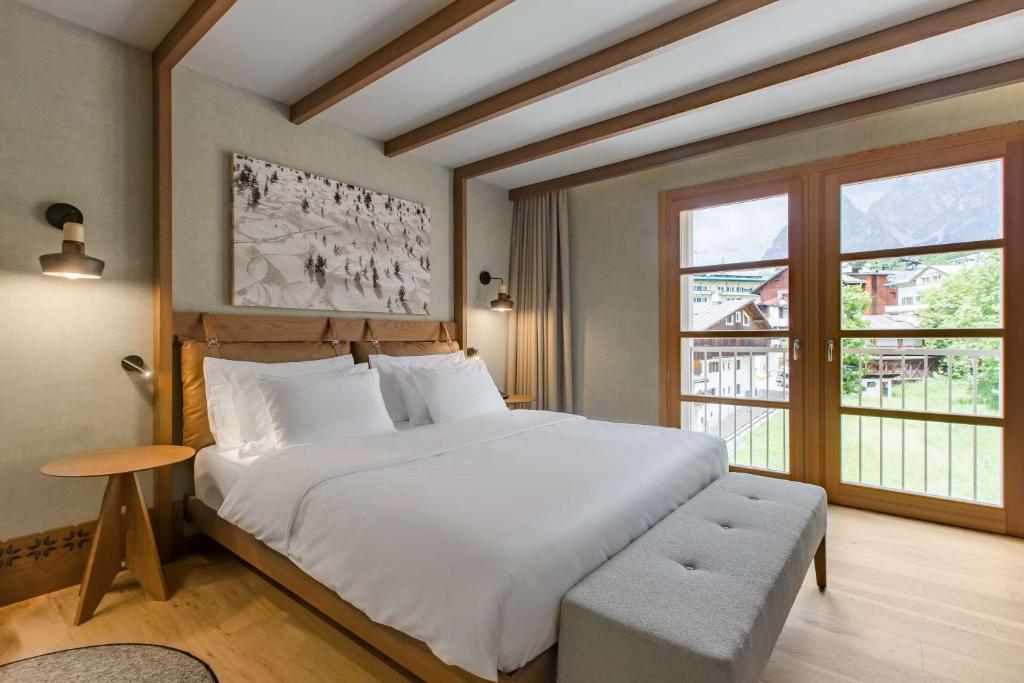SEPTEMBER 2024
DAYS 1 TO 3 – SUNDAY 01 TO TUESDAY 03: EXPLORING EXQUISITE VERONA…
Arrival in Verona on September 1st. The following day we will explore secret spots in the fascinating city of romance, music and opera. We’ll be enchanted while we take a historical cultural visit as well as a deeper dive into the artisans and craftsmen who exemplify the lights and colours of past eras, all intermingled between ancient stone walls and arches. There’s also a delicious private foodie explore to ensure you maximise your tastebuds enjoyment too.
Culture vultures rejoice! Enveloped by the river Adige, fortified and well-defended, the city is best known as the home of Romeo and Juliet. So, a stop in at Juliet’s house is a must as well as roman ruins everywhere! And for those who are lovers of Opera there is no more beautiful place to visit than the Arena, home to Verona’s stunning opera programme. And there just happens to be one performance on 01 September for those who cannot resist…..
We’ll enjoy a welcome drink and dinner during your stay here to celebrate this gorgeous experience..
Overnight Accommodation: Grand Hotel des Arts Verona
Included Meals: Breakfast daily, Welcome Dinner
DAY 4 – WEDNESDAY 04: TO THE DIVINE DOLOMITES…
This morning check out, enjoy breakfast and it is time to head to San Candido, Val Pusteria.
We begin our adventure immersed in lovely forests and plateaus; roaming the tiny villages that characterise the Val Pusteria-Pustertal Valley.
The further the valley extends toward the north, east, and south, the more mountainous it becomes, until it is completely occupied by the world-famous pale giants of the UNESCO World Heritage site of the Dolomites. At the beginning of the Val Pusteria, the road leads past the Rio Molino-Mühlbach Gap, which once served as a customs station and main routeto the main city, Brunico-Bruneck.
A symphony of meadow, forest, and gentle hills, behind which is the bright fanfare sound of the jubilant towers and ridges of the Dolomites on one side and the fortissimo of the Zillertal Alps on the other.
We’ll take a quick shuttle to the beautiful nearby village of Sesto and enjoy dinner at a typical stube in Sesto. A stube is the hearth, or the “warming room” (sometimes the bedroom) in a traditional Tirolean home.
Overnight Accommodation: Post Hotel (or similar)
Included Meals: Breakfast, Lunch
DAY 5- THURSDAY 05: HEADING TO TO THE THREE PEAKS & THE SESTO DOLOMITES…
Today our focus will be shifted to the Tre Cime or Three Peaks.
The Three Peaks in the nature park by the same name, probably form one of the most distinctive, if not the most striking, mountain chains in the Dolomites. No wonder that this natural highlight is also the symbol of the UNESCO World Natural Heritage in the Dolomites.
In 1869, the Big Peak (2,999 m) was successfully conquered for the first time by Paul Grohmann from Vienna, Franz Innerkofler from Sesto and Peter Salcher from Luggau. They reached the top in 2 hours and 55 minutes.
Five years later a 21-year-old woman––Anna Ploner––climbed to the top of the Great Pinnacle. In 1879, the Western Pinnacle (2,973 m) was conquered for the first time, and in 1881, the Small Peak (2,857 m), the most difficult of the 3 peaks, was mounted successfully. In the same year, the Three Peaks Hut was built.
Since then, these mountains in the Sesto Dolomites, on the border between the provinces of Belluno and South Tyrol, have been attracting passionate climbers and leisure hikers from all over the world. the Beyond the shadow of the Three Peaks, we’ll find ourselves encircled by awe-inspiring Sesto Dolomites such as Zwölferkofel (Croda die Toni), Einserkofel, Sextner Rotwand and Dreischusterspitze –– all incredibly spectacular to witness.
Hike Information:
Tre Cime: shorter – easy loop/route
The 10.3-kilometre loop has 400m of ascent/descent with a nice mix of uphill and downhill sections.
The most challenging section is the drop from Rifugio Locatelli down the valley and back up the other side. But it is not too difficult and anyone with a reasonable level of fitness should have no problem. There are many great rifugi to stop in. Total time walking: 3.5 to 4 hours
Overnight Accommodation: Post Hotel
Included Meals: Breakfast, Lunch, Dinner
DAY 6 – FRIDAY 06: HISTORICAL WW1 WALK AND EXPLORING LAGAZUOI…
Today’s hike includes an incredible, historical walk amongst WWI bunkers and other official batteries/galleries.
The Lagazuoi cable car will take us up to an altitude of 2732 meters, just below the summit. There you can choose between challenging routes to/from or easy panoramic paths, such as the one leading up to the summit cross and the pathways linking the emplacements, trenches and tunnels of the largest open-air Museum of World War I.
The mountain hut Rifugio Lagazuoi is situated on the peak of Mount Lagazuoi, above the Falzarego Pass, halfway between Cortina d’Ampezzo and the Badia Valley.
Located at 2752m altitude, the Lagazuoi hut is the highest and the largest mountain hut in Cortina d’Ampezzo and boasts the most panoramic terrace in the Dolomites. The nine components of the Dolomites World Heritage Site protect a series of highly distinctive mountain landscapes that are of exceptional natural beauty. Their dramatic vertical and pale colored peaks in a variety of distinctive sculptural forms are extraordinary in a global context. The hut is elegant and nicely designed with wonderful food.
We’ll enjoy lunch on site.
Afternoon return for some shopping and roaming in San Candido.
Hike Information:
Lagazuoi easy route:
Take funivia/lift. From the hut, we walk up the hill from the rifugio (at 2,752m) to Piccolo Lagazuoi at 2,778m – most stunning panoramic viewpoints in Europe. The path is wide, easy and well-maintained. 1.5 hr round trip. Lunch at rifugio and afternoon guided visit to the barracks.
Total time walking: 2-3 hours
Accommodation: San Candido at Post Hotel
Included Meals: Breakfast, Lunch and Dinner
DAY 7 – SATURDAY 07: HIKING IN THE VALLEY OR AN E-BIKE RIDE TO LIENZ, AUSTRIA…
We’ll start our hike in Dobbiaco, a charming Southern Tirolian town located just up the road from San Candido.
Follow the cycling and walking path that runs alongside the Dobbiaco Lake (Lago di Dobbiaco). This path is relatively flat and offers beautiful views of the surrounding mountains.
Alternative option:
40-50 kilometre e-bike ride to Austria!
Following the Drava Cycle Path (Drauradweg), a well-marked cycling route that runs along the Drava River, this scenic path is suitable for e-bikes/beginner cyclists and passes through beautiful alpine landscapes with mountains on both sides. There are plenty of spots to stop and take in the views! The most exciting part is, of course – crossing the border! After 45 km of leisurely pedalling, you’ll cross the border from Italy into Austria. Lienz is a charming Austrian town situated right on the banks of the Drava River. Lienz is a great place to explore with its historic centre, beautiful boutiques and restaurants.
Bike information:
e-bike easy rolling bike path 45km – one way
A nice wide bike path with rolling hills (easy ride with e-bikes). Leave bikes in Lienz then train back to San Candido – full day activity.
Accommodation: San Candido at Post Hotel.
Included Meals: Breakfast, Lunch and Dinner
DAY 8 – SUNDAY 08: FOODIE HEAVEN IN CORTINA…
This morning we’ll pack up and make our way to Cortina. We’ll enjoy a morning food tour with tastings and an overview of the Slope Food and the Dolomites current culinary scene.
The food in both Pusteria and Ampezzo valleys is highly influenced by the nearby borders: Tyrole and Apsburg cookery blend with the locat Veneto tradition creating a unique style. Many typical dishes carry original German names as a sign of the tight bond the locals have in regards to their past. Among the most famous dishes is chenedi, a local spinoff of Tyrole canederli, or knodel, breadcrumb dumplings filled with speck, lard, spinach and cheese that come served either swimming in hot broth, or dressed with brown butter. Of clear German and Central European origin is pestariei: pieces of flour and water dough that are cooked in salted milk: this was a typical local breakfast. From the Veneto region comes the tradition of eating polenta,rise e bise (risotto with peas),faariesa, which is a soup of fava beans and barley; pastìn, which is a dumpling made with coarsely ground salami, garlic and spices, which is then grilled.
Other local specialties are Gulasch süppe, a meat entree which origins are clearly Hungarian, bold and full-bodied meat dishes, like game casserole served with cranberry jams, braised pork chops, plus grostl, and Austrian potato and meat pie, in addition to cured meats like speck, soppresse, ossocolli and avrious salamis. A typical side dish served in Cortina is patate ampezzane, cubed potatoes that are boiled and then sauteed with onion and speck.
Cortina boasts an ancient and rich creamery tradition with an ample production of high-altitude pasture cheeses which are generally not very aged. Among the most loved are Contrin, Fodòm, Renàz, Schiz, Tosela, Zumelle and Zigher.
For sweets, the choices are many: apfelstrudel, classic apple strudel, furtaies, which are fried crostoli pastries, nighele and krapfen filled with pastry cream or apricot jam, ricotta cakes and the classic Sacher torte, layered with apricot jam.
After lunch, we’ll enjoy some free time that can include afternoon shopping or spa time.
Accommodation: Grand Hotel Savoia
Included Meals: Breakfast, Food Tour, Lunch and Dinner
DAY 9 – MONDAY 09: LE CINQUE TORRI – THE FIVE TOWERS…
The Falzarego pass is a high mountain pass in the Veneto region, in the province of Belluno. It is nestled between the mountains Lagazuoi and Col Gallina, in front of Mt. Sasso di Stria at an altitude of 2,109 m––only a few kilometres south of the South Tyrolean border, to which it is connected via the Valparola pass. This pass connects the territory of Agordo and the Badia Valley with Cortina d’Ampezzo via the Great Dolomites Road.
From the Falzarego Pass we’ll walk to the Cinque Torri hut. As most of the mountain formations in the area, the Cinque Torri is also formed of Dolomite stone, characterized by the peculiar light grey color that distinguishes it from the other rocks. This small range is formed by five spurs from which it derives its name; the maximum altitude is 2,361 metres on the Torre Grande.
Final dinner at SanBrite, a 1-Star Michelin restaurant.
Sanbrite has just a few tables amid a decor of elegantly recycled old wood, while a large window offers views of the stunning Ampezzo Dolomites outside. Your meal starts in a memorable way: waiters file into the dining room carrying mountains of creamy butter, which is served to every table accompanied by excellent bread with an incomparable texture. Owner-chef Riccardo Gaspari makes careful use of home-produced and regional ingredients, creating delicious cuisine in which mountain traditions are refreshed with modern touches, most noticeably visible in the desserts which are made without adding extra sugar. Sanbrite literally means “healthy pasture”, a name that evokes the qualities of the cuisine served there.
Hike Information:
Cinque Torri hike options:
Take a chair lift up to the top. In 1.5 hours, after a 1.8 km long hike with 270 meters of altitude gain, we reach the terrace of the Rifugio Nuvolao (2575 m). Lunch and return back. Lift down. About 4km round trip.
OR
From Rifugio Nuvolao to Rifugio Scoiattoli and lift down: 8.5 kms. Elevations gain 598 m
Accommodation: Grand Hotel Savoia
Included Meals: Breakfast, Lunch and Michelin star dinner
DAY 10 – TUESDAY 10: SOFT HIKE TO BEAUTIFUL PRATO PIAZZA…
Today we’ll take a nice “soft” hike to beautiful Prato Piazza.
During World War I, the Dolomite Mountains in the South Tyrol region of the Austro-Hungarian Empire served as a key battleground. The front lines ran through the rugged and challenging terrain of the Dolomites, where both Austrian and Italian forces were positioned.
To facilitate troop movements, supply logistics, and strategic positioning, the military recognized the need for well-maintained roads in the region. These roads allowed military forces to access strategic positions, fortifications, and outposts, often in difficult alpine conditions.
The military road from Carbonin to Prato Piazza was constructed as part of these efforts. It was engineered and built to provide access to the high-altitude plateau of Prato Piazza, which had strategic importance during the conflict.
The road was constructed under challenging circumstances, often in harsh weather conditions, and required the labour of numerous soldiers and workers.
Following the end of World War I, the military road remained as a testament to the historical significance of the region during the conflict. While it was initially built for military purposes, it later became accessible for civilian use, particularly hikers and tourists interested in exploring the Dolomites.
Hike Options:
Carbonin to Prato Piazza:
This day has different options: the easiest is 10 kms with 50 m elevation gain and 550 m elevation loss. Duration: 3 to 3.5 hours.
The long option adds 4 km, 150 m elev. gain and 160 m elev. loss and duration 1.5 hours (additional to the easier option)
Accommodation: Grand Hotel Savoia
Included Meals: Breakfast, Lunch and Dinner
DAY 11 – WEDNESDAY 11: TIME TO TRANSFER TO VENICE AND SAY FAREWELL…
Breakfast and early morning transfer to Venice city or Airport for international travel or continued travels in Italy.
Included Meals: Breakfast



